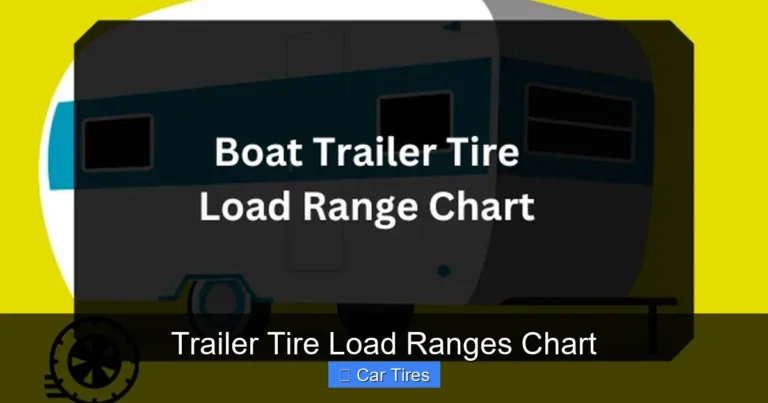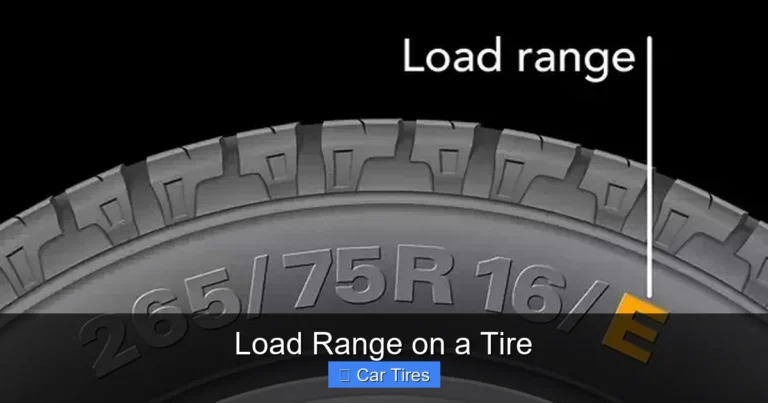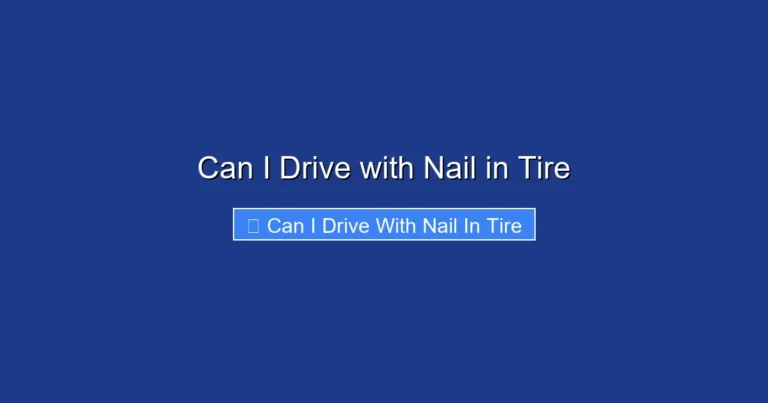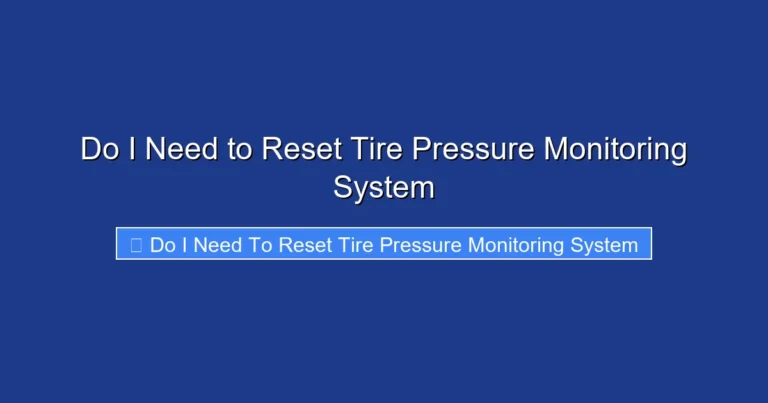What Do the Letters on a Tire Mean?
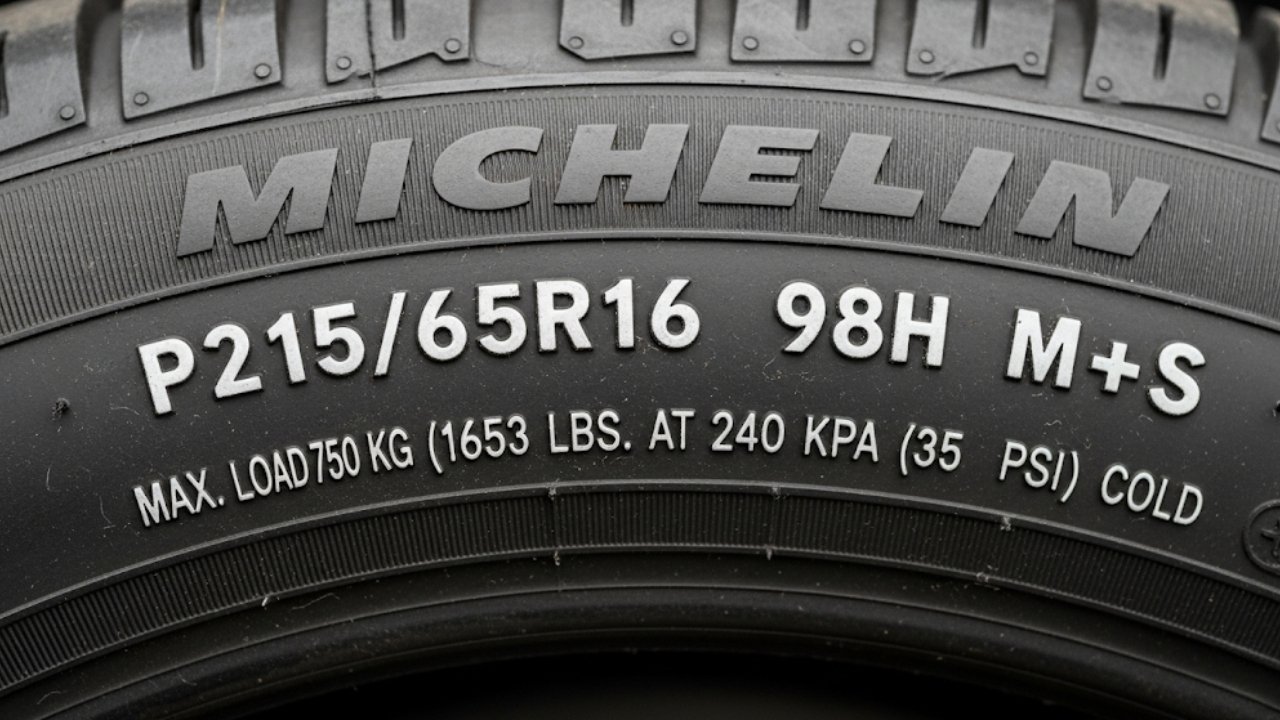
Ever stared at the sidewall of a tire and wondered, “What the heck do all those letters and numbers mean?” You’re not alone. Most people just drive their cars without ever realizing their tires are like mini information boards. It’s like a hidden language that tells you everything—from how fast you can drive, to how much weight your tire can carry, to how your car handles in snow or rain. If you’re asking “What do the letters on a tire mean,” then you’re about to unlock a world most folks ignore.
When I first bought my own car, a used Honda Civic, I didn’t give my tires much thought—until one winter, I skidded right through an intersection. That’s when I started to care. I learned the hard way that the right tire isn’t just about brand or size. It’s about reading those sidewall letters like your life depends on it—because sometimes, it does.
So, let’s break it down. I’ll walk you through what those letters actually mean, why they matter, and how you can use that knowledge to make smarter decisions for your ride.
In This Article
- 1 Breaking Down the Letters on a Tire Sidewall
- 2 ️ What Does the First Letter on a Tire Mean?
- 3 Understanding Tire Width – The First Number
- 4 What Does the Aspect Ratio Tell You?
- 5 What Does the “R” in Tire Size Stand For?
- 6 Rim Diameter – Why It’s More Than Just a Number
- 7 Load Index – How Much Weight Can Your Tire Handle?
- 8 ⚡ Speed Rating – How Fast Can You Go Safely?
- 9 Choosing the Right Tire: It’s More Than Just Size
- 10 ❄️ Seasonal Tire Symbols – What They Really Mean
- 11 Common Tire Buying Mistakes (And How to Avoid Them)
- 12 How Often Should You Check Your Tires?
- 13 Bonus Table: Tire Code Examples and What They Mean
- 14 ❓ FAQs: What Do the Letters on a Tire Mean?
- 14.1 1. Can I use a different load index or speed rating than my OEM tires?
- 14.2 2. What does “XL” mean on my tire?
- 14.3 3. What does “Z” mean in the speed rating?
- 14.4 4. Can I replace just one tire?
- 14.5 5. Do tire letters affect fuel economy?
- 14.6 6. What does “DOT” on the tire mean?
- 14.7 7. Are all M+S tires winter-rated?
- 14.8 8. What happens if I get the letters wrong?
- 15 Final Thoughts: Your Tires Are Talking—Are You Listening?
Breaking Down the Letters on a Tire Sidewall
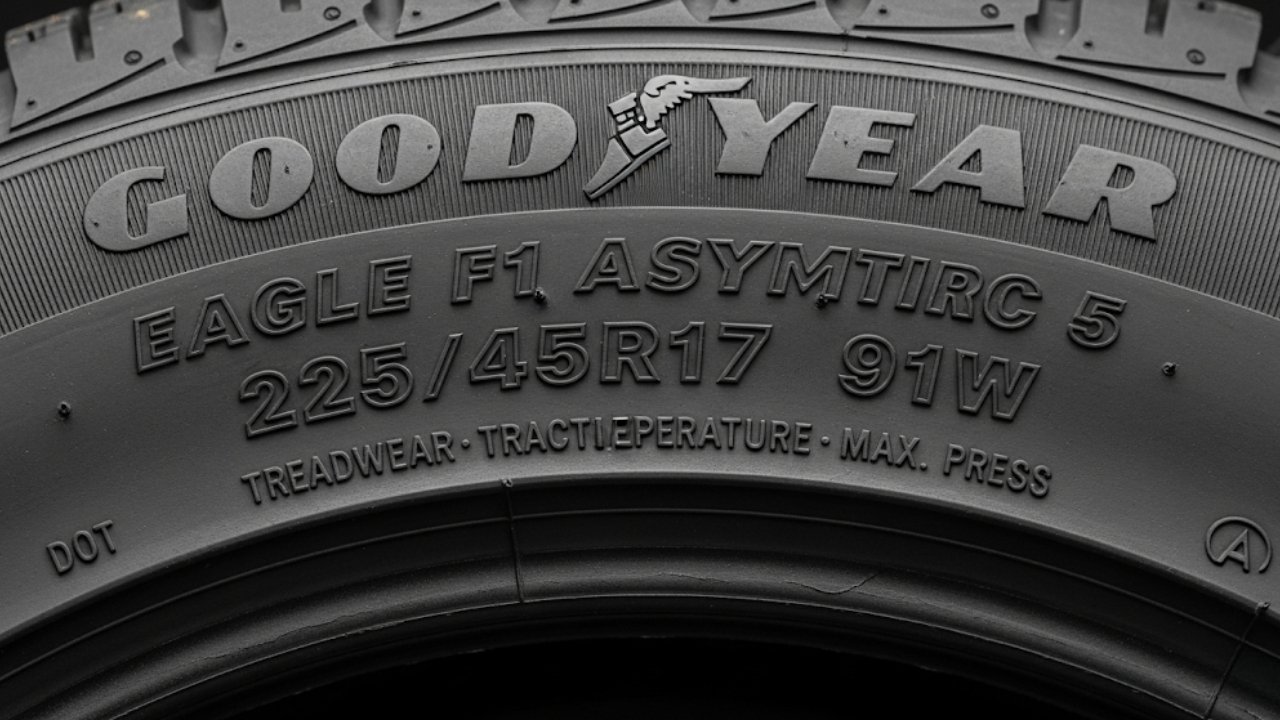
Let’s break it down bit by bit:
-
P – Tire Type
-
215 – Tire Width (in millimeters)
-
65 – Aspect Ratio
-
R – Tire Construction
-
15 – Rim Diameter (in inches)
-
95 – Load Index
-
H – Speed Rating
Each part tells a story. When you’re asking what do the letters on a tire mean, this is the exact breakdown you need.
Let’s go through each piece in detail so you know what to look for next time you’re at a tire shop or buying tires online.
️ What Does the First Letter on a Tire Mean?
The very first letter in the tire code is like the genre of a movie—it sets the tone for everything else. Most commonly, you’ll see:
-
P – Passenger Vehicle Tire
-
LT – Light Truck Tire
-
T – Temporary Spare (a.k.a. Donut tire)
-
ST – Special Trailer Tire
So when you see P215/65R15, that “P” means it’s a tire made for passenger vehicles—like sedans, coupes, or small SUVs.
Back when I owned a truck, I learned that LT-rated tires are made with stronger sidewalls and can carry heavier loads. My buddy, who hauls construction gear, won’t touch anything that doesn’t start with “LT.” For trailer owners, ST tires offer special stability that helps avoid sway on the highway.
Tip: Never mix tire types. You don’t want one “P” and one “LT” on the same axle. That’s like wearing a running shoe on one foot and a hiking boot on the other.
Understanding Tire Width – The First Number
In our example, P215/65R15, the number 215 represents the tire width in millimeters. This is the measurement from sidewall to sidewall.
You might not think 10mm makes a big difference, but it can totally change your driving experience. A wider tire gives you better grip and handling, but it can also reduce fuel efficiency. On the flip side, a narrower tire may improve mileage and cut through snow better.
I once switched from 205mm to 225mm tires on my old Mazda. The car cornered like a dream, but I started feeling it at the gas pump. There’s always a trade-off, and knowing what those numbers mean can help you choose wisely.
Fun Fact: Performance tires on sports cars often go up to 285mm or wider. That’s serious grip—especially on dry pavement.
What Does the Aspect Ratio Tell You?
Next up in P215/65R15 is 65, and this number represents the aspect ratio. But what does that mean in real life?
Think of it like this: the aspect ratio is the tire’s height as a percentage of its width. So, if your tire is 215mm wide and the aspect ratio is 65, the sidewall height is 65% of 215mm—or about 139.75mm.
A higher aspect ratio (like 75 or 80) gives you a taller sidewall, which means a smoother ride—great for comfort and potholes. A lower ratio (like 40 or 50) gives a thinner sidewall, better handling, and more road feedback. It’s ideal for sports cars but makes for a bumpier ride.
I once rented a Mustang GT with low-profile tires (45 aspect ratio). The handling was tight, but I felt every crack in the road. When I went back to my Civic with 65s, it was like riding on a cloud.
Rule of Thumb: Lower ratio = more performance, higher ratio = more comfort.
What Does the “R” in Tire Size Stand For?
Let’s talk about the letter “R” in our code: P215/65R15.
“R” stands for Radial Construction, which is the most common type of tire made today. In radial tires, the internal plies are arranged perpendicular to the direction of travel, which makes them more durable, fuel-efficient, and long-lasting.
Unless you drive a vintage car or heavy-duty truck, chances are every tire you’ve ever seen is radial.
Here’s a quick table to understand tire construction types:
| Letter | Type | Use Case |
|---|---|---|
| R | Radial | Most cars and trucks |
| D | Diagonal Bias | Trailers and old vehicles |
| B | Belted Bias | Rare; vintage applications |
I once saw a “D” tire on a classic 1967 Ford Bronco at a car show—super cool, but I wouldn’t want to drive across the country on those.
Rim Diameter – Why It’s More Than Just a Number
Now we’re looking at the number after the R, which in this case is 15. That means the tire is designed to fit a 15-inch rim.
Simple, right?
But here’s what people mess up—you can’t just throw a 17-inch tire on a 15-inch rim. It won’t fit. Your tire size and wheel diameter must match exactly.
I made this mistake when I ordered new tires online without double-checking my wheel size. Cost me a return fee and a whole afternoon at the mechanic.
Quick Tip: Larger rims often mean better aesthetics and handling but can hurt ride quality.
Load Index – How Much Weight Can Your Tire Handle?
In P215/65R15 95H, the number 95 is the load index. This tells you how much weight the tire can support.
Here’s a quick chart for reference:
| Load Index | Weight (lbs) |
|---|---|
| 91 | 1,356 |
| 94 | 1,477 |
| 95 | 1,521 |
| 100 | 1,764 |
Multiply that number by four tires, and you’ll know the total capacity. So four “95” tires can handle 6,084 lbs total. That’s enough for most sedans and small SUVs.
Driving with a tire below your car’s load rating is like asking a folding chair to hold a linebacker—it’s not going to end well.
⚡ Speed Rating – How Fast Can You Go Safely?
Last but not least, we have the speed rating, represented by a letter. In P215/65R15 95H, that letter is H.
Here’s a breakdown of common speed ratings:
| Letter | Max Speed (mph) |
|---|---|
| T | 118 |
| H | 130 |
| V | 149 |
| W | 168 |
| Y | 186 |
This rating tells you the maximum speed your tire can handle safely under full load. So an “H” tire is safe up to 130 mph.
Of course, you’re probably not pushing those speeds daily, but knowing this can help if you’re into high-speed driving or plan to travel long distances with heavy loads.
Choosing the Right Tire: It’s More Than Just Size
Okay, so now you know how to read the letters and numbers on your tire. But how do you use that info to actually choose the right tire? Honestly, this is where things get real. It’s not just about matching codes—it’s about matching your lifestyle, road conditions, and budget.
When I moved from a small city to a snowy mountain town, I quickly realized my all-season tires weren’t going to cut it. Despite having the right size and speed rating, I kept sliding in the snow. That’s when I learned that knowing the letters isn’t enough—you need the right tire type for the right terrain.
Here are some real-life considerations:
-
Daily city driving? Go for passenger (P) all-season tires.
-
Towing a trailer or hauling heavy stuff? Light Truck (LT) tires with higher load indexes are your best friend.
-
Living in snow country? Look for the 3PMSF symbol (more on that soon).
-
Do a lot of highway driving? Higher speed ratings like H or V can add comfort and stability.
Pro Tip: Don’t just follow your buddy’s recommendation—match your tire to your road reality. What works in Texas may not fly in Colorado.
❄️ Seasonal Tire Symbols – What They Really Mean
Have you seen extra markings on a tire like M+S or a three-peak mountain snowflake (3PMSF)? These aren’t part of the main size code, but they’re crucial for safety in different weather conditions.
Let’s decode them:
M+S (Mud + Snow)
This means the tire has a tread pattern designed for basic traction in mud and snow. It’s better than summer tires in bad weather, but not by much. It’s a minimum requirement, not a guarantee of performance.
3PMSF (Three-Peak Mountain Snowflake)
This one is serious. It means the tire has passed a specific winter traction test set by the U.S. and Canadian standards. If you see this, it’s a true winter tire.
When I upgraded to 3PMSF-rated tires during a harsh winter in upstate New York, I went from slipping around corners to confidently cruising in slush. It changed my life—and honestly, I wish I’d known sooner.
If you live where winters are harsh, don’t settle for just M+S. Look for the snowflake.
Common Tire Buying Mistakes (And How to Avoid Them)
It’s easy to get overwhelmed by tire jargon and end up making a choice that’s… well, not great. Here are the biggest mistakes I’ve seen—and made myself.
1. Buying the Wrong Type for Your Vehicle
Passenger tires on a truck? No good. LT tires on a sedan? Overkill. Always start with the right category (P, LT, ST, or T).
2. Ignoring the Load Index
I once installed a tire with a lower load index than recommended. After a road trip with a full trunk and two passengers, the tire started showing signs of wear. Lesson learned: don’t ignore that two-digit number.
3. Choosing by Price Alone
Cheaper tires might save you now, but they wear out quicker, grip less, and can make your ride noisy. Think of it like shoes—good tires = fewer blisters, better support.
4. Mixing Different Tire Types
I get it, replacing all four is expensive. But mixing an all-season with a winter tire on opposite axles is asking for trouble—your car will handle weird and might even slide when braking.
How Often Should You Check Your Tires?
Even if you know what the letters on a tire mean, it’s useless if your tires are underinflated, damaged, or worn out. Here’s a simple checklist I follow monthly:
-
✅ Check tire pressure (use a digital gauge)
-
✅ Inspect sidewalls for cracks or bulges
-
✅ Check tread depth (use a penny or tread gauge)
-
✅ Rotate tires every 6,000–8,000 miles
-
✅ Align and balance when needed
You wouldn’t skip brushing your teeth, right? Same logic—tires keep you alive on the road. A five-minute check can prevent disaster.
Bonus Table: Tire Code Examples and What They Mean
Here’s a quick reference table with real-world examples to make decoding easier:
| Tire Code | Meaning |
|---|---|
| P215/60R16 94T | Passenger tire, 215mm wide, 60% aspect ratio, 16″ rim, Load index 94, Speed T (118 mph) |
| LT275/70R18 125S | Light Truck tire, 275mm wide, tall profile, 18″ rim, Load index 125, Speed S (112 mph) |
| T135/80D16 101M | Temporary spare, narrower tire, Bias construction, Load index 101, Speed M (81 mph) |
| P225/45R17 91V | Sporty passenger tire, low profile, Speed V (149 mph) |
❓ FAQs: What Do the Letters on a Tire Mean?
Let’s answer some of the most common questions people ask about tire markings.
1. Can I use a different load index or speed rating than my OEM tires?
Yes, but only if you go higher, not lower. Using a lower load index or speed rating can be unsafe and may void your warranty.
2. What does “XL” mean on my tire?
“XL” stands for Extra Load. These tires can carry more weight at a higher pressure. They’re common on SUVs and performance cars.
3. What does “Z” mean in the speed rating?
The letter “Z” used to be the go-to symbol for high-speed tires, but now it’s often combined with W or Y for clarity. If you see “ZR,” it means the tire is rated for 149+ mph.
4. Can I replace just one tire?
In an emergency, yes—but ideally, replace at least two (on the same axle) or all four to maintain balanced handling.
5. Do tire letters affect fuel economy?
Indirectly, yes. Wider tires and low aspect ratios can increase resistance and reduce MPG. Proper inflation matters too!
6. What does “DOT” on the tire mean?
It stands for the Department of Transportation, followed by a code that tells you where and when the tire was made.
7. Are all M+S tires winter-rated?
Nope! M+S is a marketing label. True winter tires must have the 3PMSF symbol for tested snow performance.
8. What happens if I get the letters wrong?
At best, you get a bumpy ride. At worst, your tire fails under load or heat—and that’s something you never want at highway speed.
Final Thoughts: Your Tires Are Talking—Are You Listening?
So, the next time someone asks “What do the letters on a tire mean,” you’ll be the expert at the table. Those numbers and letters aren’t just there for decoration—they tell a full story about safety, performance, and suitability.
Think of them like a dating profile for your tires: age, type, size, capability—it’s all there. And when you understand them, you’re not just a smarter driver—you’re a safer one.
Whether you’re driving cross-country or just doing the school run, the right tires make all the difference. Don’t let marketing hype or budget pressure steer you wrong. Listen to your tires. Trust the letters.

